Orchids are breathtaking, aren’t they? Their vibrant colors and long-lasting flowers make them a favorite for plant lovers. But here’s the truth: these beauties can be a little tricky.
Even though they don’t demand too much, one wrong move can stop them from blooming or even cause them to wilt.
If you’re growing orchids or thinking about it, this guide will help you steer clear of the most common mistakes and give your orchids the care they truly deserve.
Let’s dive into the little things that make a big difference when it comes to growing healthy, blooming orchids.
#1 Putting Your Orchid in Harsh Sunlight
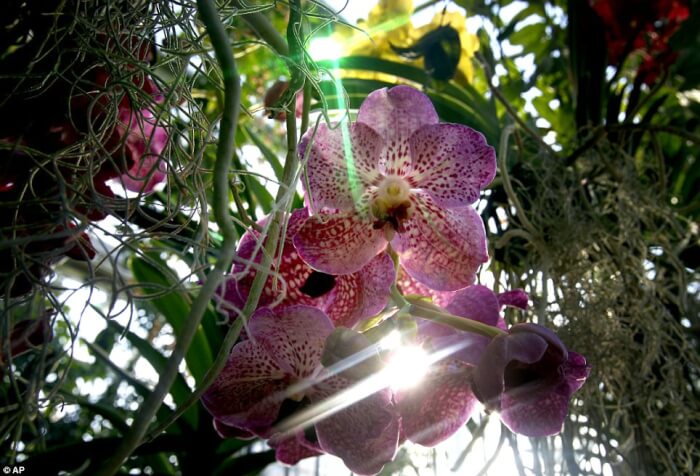 Source: Dailymail
Source: Dailymail
Orchids need light, but direct sunlight can be too intense and burn the leaves. The best spot is near a bright window with filtered light or soft morning sun.
East-facing windows usually work well. Use a sheer curtain to protect the plant from harsh rays. Your orchid will thank you with healthy, glossy leaves and more blooms.
#2 Forgetting About Airflow
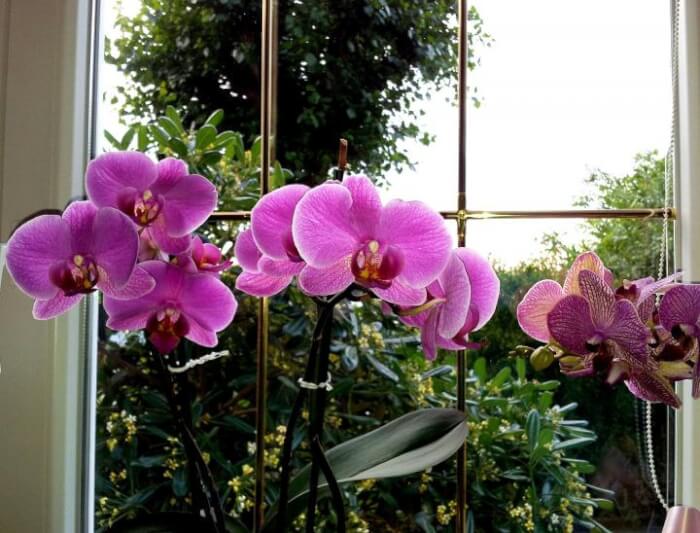 Source: Almanac
Source: Almanac
Orchids enjoy fresh air, just like we do. If your growing area feels stuffy or closed in, it could affect the plant’s health. You can place them in a spot with good air circulation, but don’t put them in a draft.
Try grouping two or three orchids to boost humidity, but keep space around each one to let them breathe.
#3 Using Regular Garden Soil
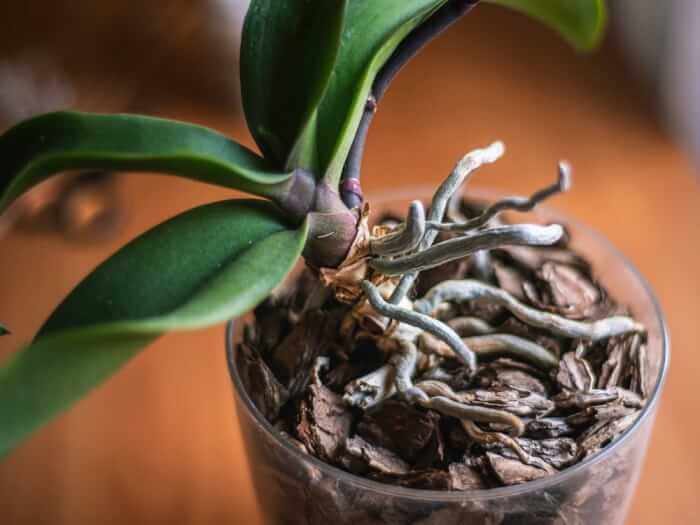 Source: Insider
Source: Insider
Soil may seem like the obvious choice, but orchids actually need something lighter. They grow best in bark, moss, or a special orchid mix that drains well and allows airflow.
Check the mix when you bring one home; it’s easy to replace if needed. This simple switch helps prevent root rot and gives orchids a healthy base.
#4 Transplanting While It’s Blooming
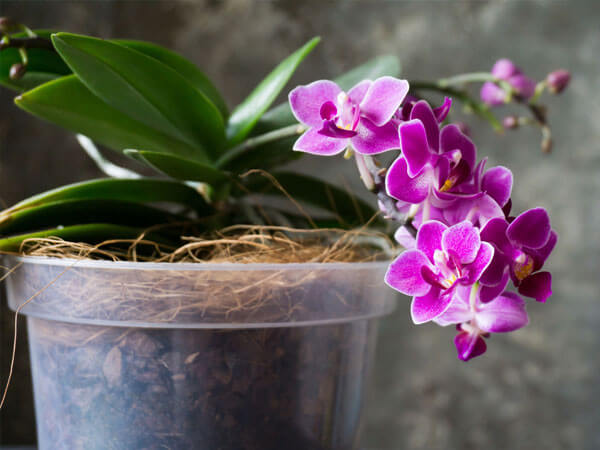 Source: Plantindex
Source: Plantindex
Repotting during bloom time might seem harmless, but it can seriously stress your orchid. The plant’s energy is focused on flowers, not roots, during this period.
If you move it now, it might drop blooms or struggle to recover. Wait until the flowers fade and new roots start forming. This is the safest time for a move.
#5 Overdoing the Fertilizer
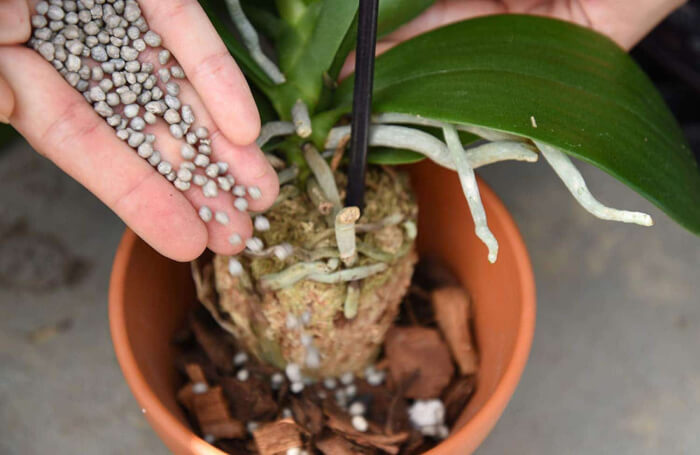 Source: Myperfectplants
Source: Myperfectplants
It’s easy to think more food means more flowers, but orchids don’t like being overfed. Too much fertilizer can burn the roots or cause poor blooming.
Try a balanced mix like 10-10-10, diluted to a quarter of the regular strength. Use it once every 5–6 weeks for steady, gentle nourishment.
#6 Picking the Wrong Type of Orchid
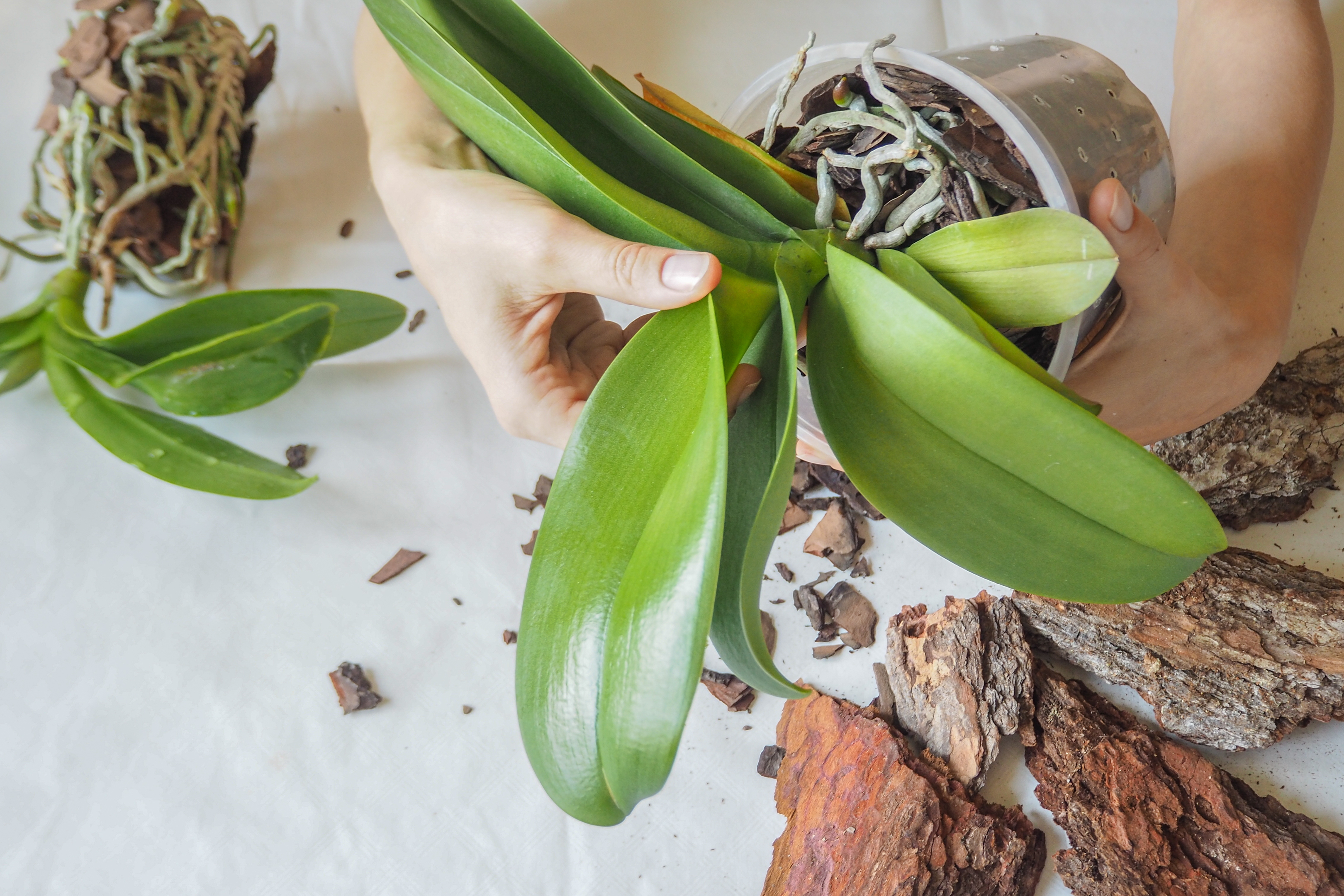 Source: Apartmenttherapy
Source: Apartmenttherapy
Not all orchids have the same care needs. Some like cooler temps, while others want more humidity or light. Before buying, check what suits your home and schedule.
If you’re new to orchids, start with forgiving varieties like Phalaenopsis. The right match makes care much easier.
#7 Spraying Water on the Flowers
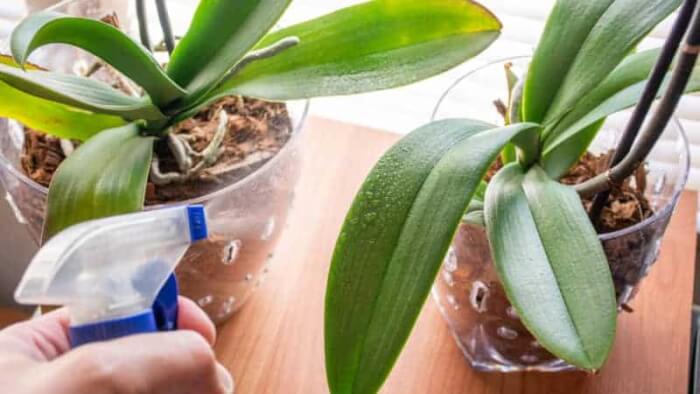 Source: Gardenforindoor
Source: Gardenforindoor
It might feel like a refreshing mist, but orchid blooms don’t like it. Water on the petals can cause spots or lead to early wilting.
Instead, mist around the plant or place a tray of water nearby for humidity. Your blooms will stay fresher and last longer without the extra moisture.
#8 Pouring Water Over the Leaves
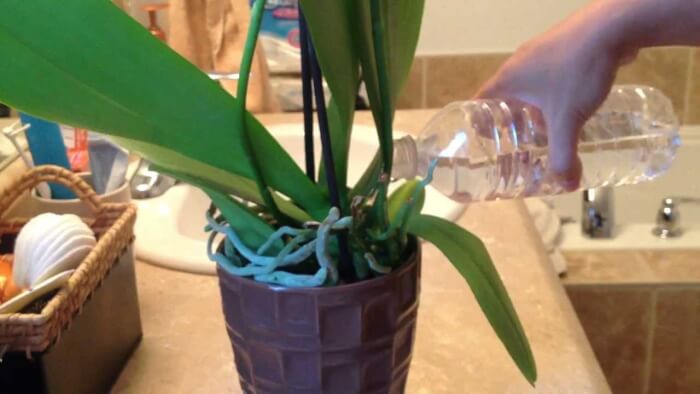 Source: Oakhillgardens
Source: Oakhillgardens
Splashing water directly on the leaves can trap moisture where it shouldn’t be. Over time, this can cause rot or mold to build up.
Try to water just the growing medium. If water gets on the leaves, gently wipe it off with a soft cloth.
#9 Using Hard Water
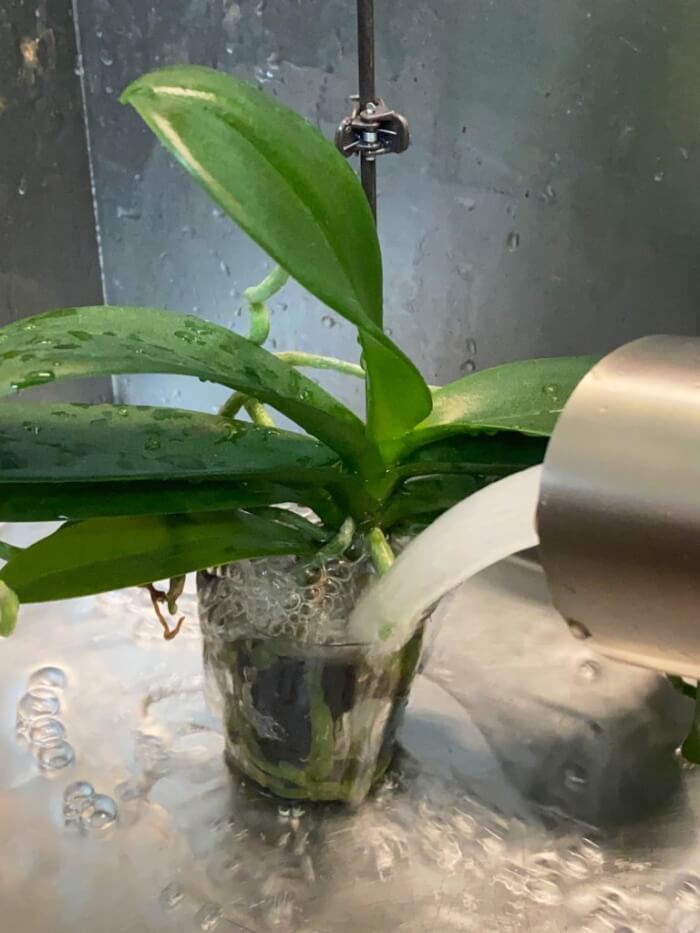 Source: Ohiotropics
Source: Ohiotropics
Water that’s too rich in minerals can quietly damage your orchid’s roots. You might see salt buildup or dull leaves over time.
To avoid this, let tap water sit overnight before using it, or use rainwater or distilled water instead. Clean, soft water supports healthy roots and steady growth.
#10 Using Water That’s Too Hot or Cold
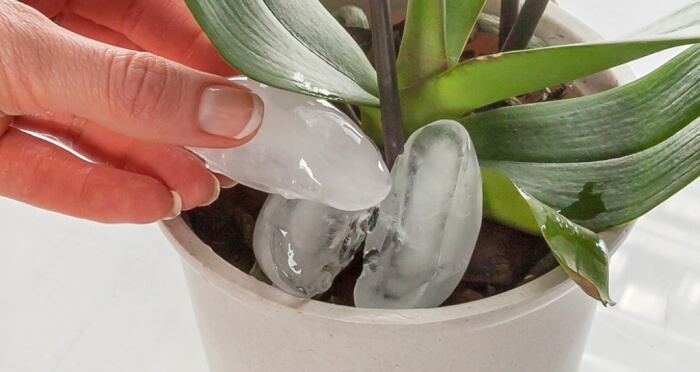 Source: Laidbackgardener
Source: Laidbackgardener
Orchids are sensitive to temperature changes, even during watering. Sudden extremes can shock the roots and stop the plant from thriving.
Room-temperature water is safest. You can test it with your hand if it feels comfortable to you; it’s likely right for your orchid too.
#11 Skipping Regular Repotting
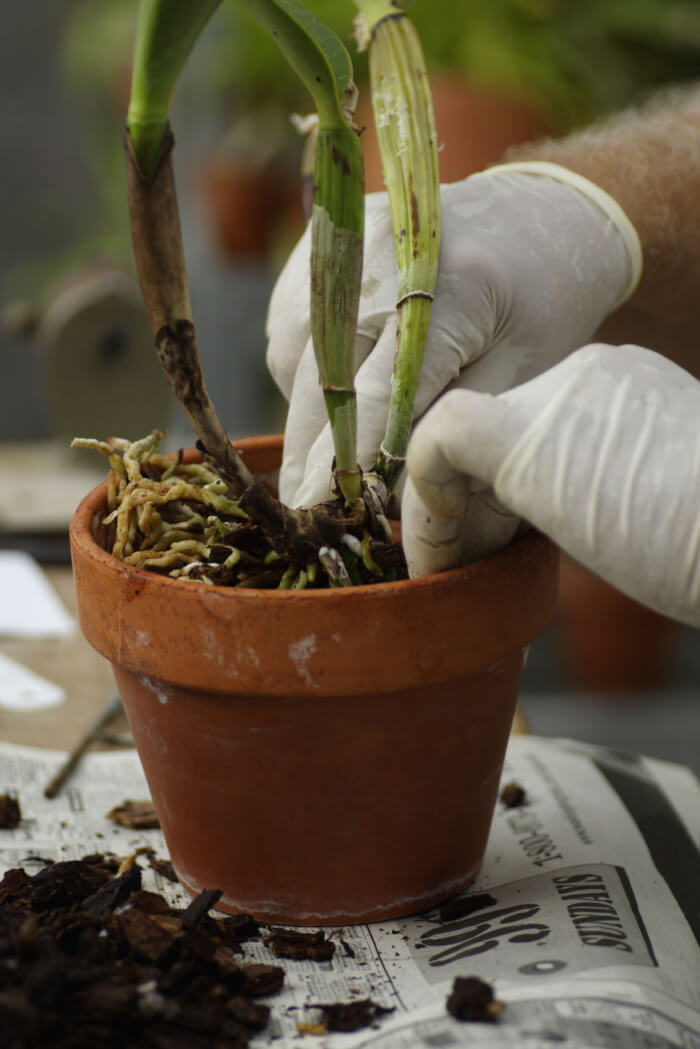 Source: Gardeningknowhow
Source: Gardeningknowhow
It’s easy to forget, but orchids outgrow their potting mix over time. Every 1–2 years, check for signs like compacted bark or struggling roots.
Gently remove the orchid and replace the mix with fresh material. Doing this keeps your plant refreshed and gives the roots space to grow.
#12 Giving Too Much Water
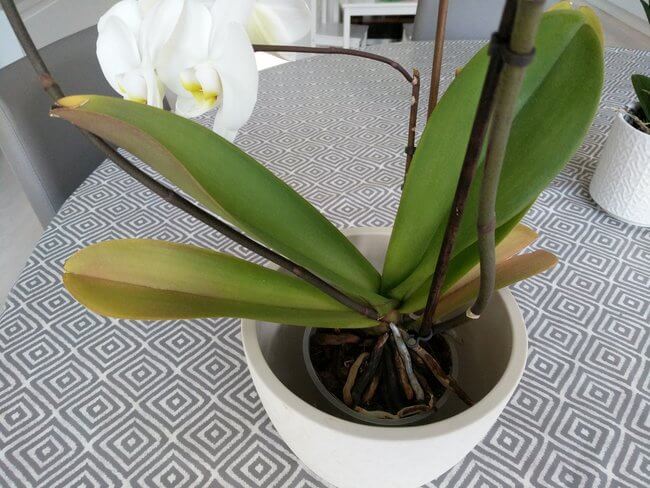 Source: Smartgardenguide
Source: Smartgardenguide
Orchids don’t need daily watering, and their roots can rot quickly if they sit in a soggy mix. Before watering, feel the growing medium with your finger; it should be slightly dry.
It’s safer to let them dry out a bit than to keep them too wet. Proper timing helps the roots stay healthy and firm.
#13 Forgetting to Water Enough
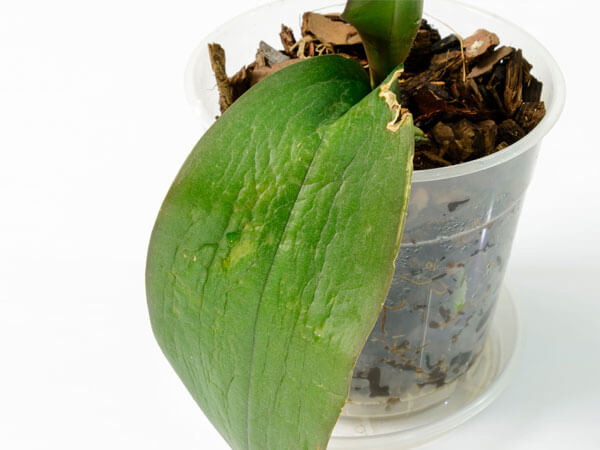 Source: Plantindex
Source: Plantindex
On the flip side, going too long without water can stress the plant and cause buds to drop. Leaves may yellow or look limp.
Keep a routine and adjust it based on the season and humidity levels. If you’re unsure, check the potting mix every few days to stay on track.
#14 Placing Them in a Drafty Spot
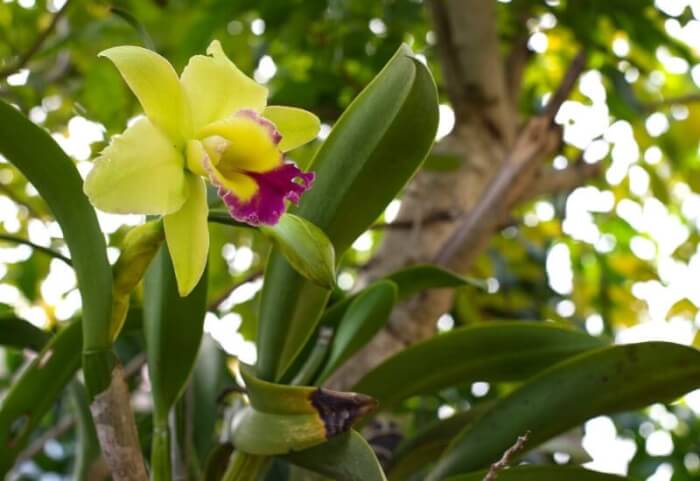 Source: Gardeningchores
Source: Gardeningchores
That cool window might look like a perfect spot, but cold air can harm orchids. If the plant feels chilled, it might stop blooming or develop spots.
In cooler weather, move it away from windows or close to a warmer interior wall. Consistent, moderate warmth is key for happy orchids.
#15 Skipping Leaf Clean-Up
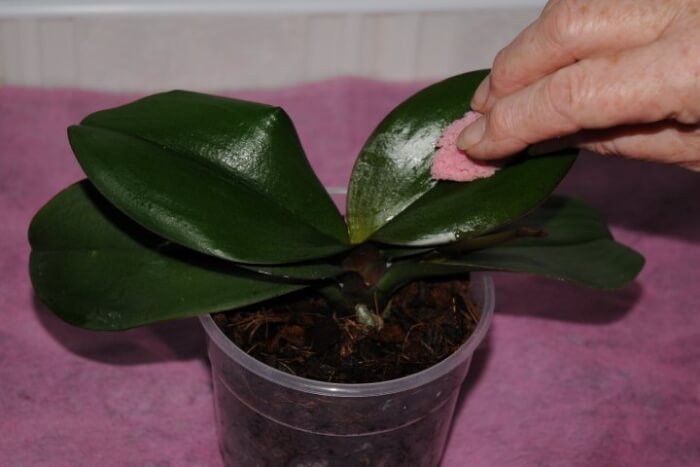 Source: Careforyourorchids
Source: Careforyourorchids
Dust may not seem like a big deal, but it can block sunlight and slow your orchid’s growth. Give the leaves a quick wipe with a damp, soft cloth once a week.
It also gives you a chance to check for pests or other issues. Keeping the plant clean helps it breathe and shine.
